Three thrones, four centuries: ‘This Island Sunrise’ at Sadie Coles HQ
‘This Island Sunrise’ celebrates improvised British design at Sadie Coles HQ, London (until 24 September 2023)
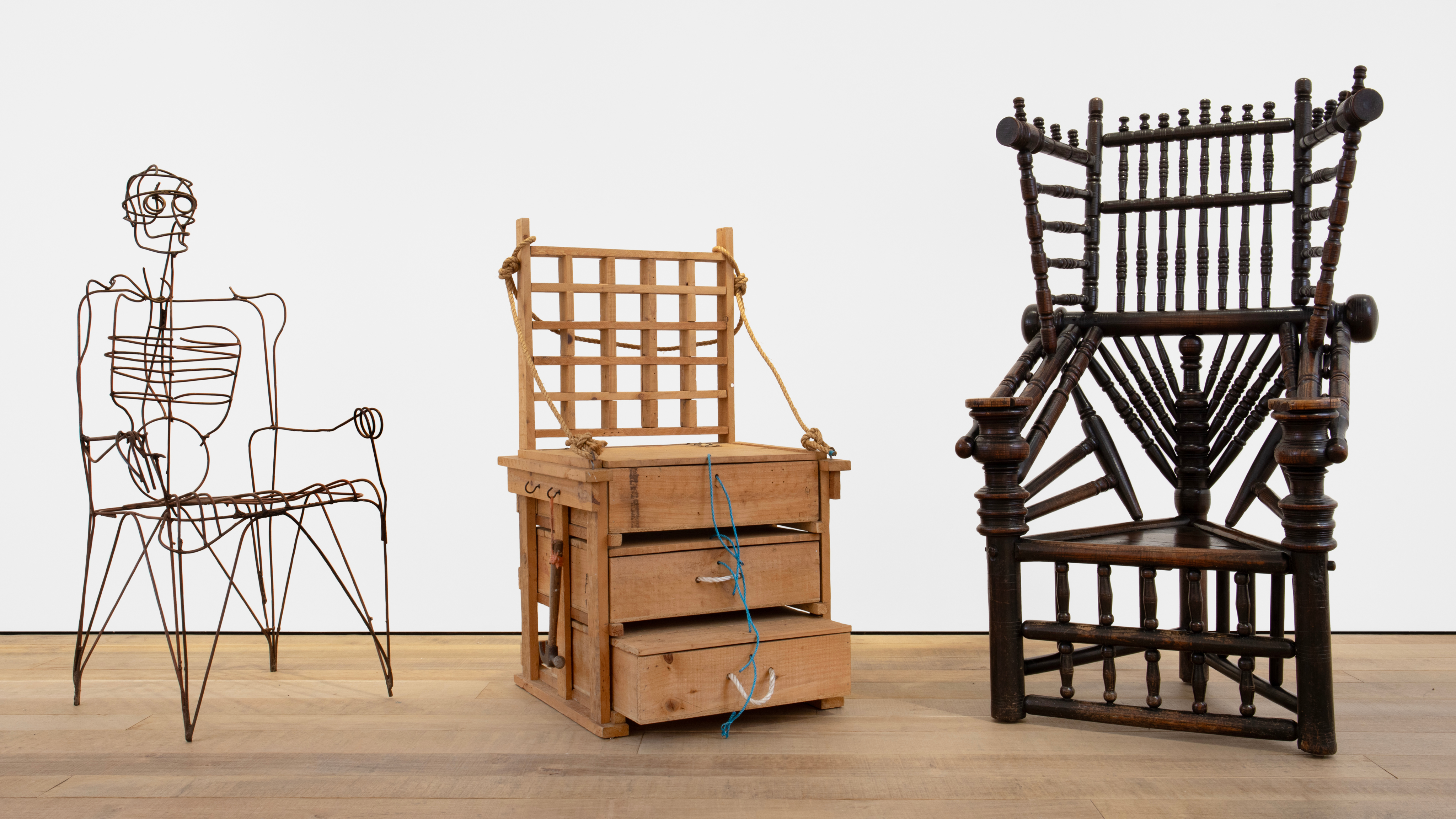
When stumbling upon an antiques shop, it is always fun to have a rummage to explore what treasure you may find. Such unexpected encounters with overlooked craftsmanship are recalled in this exhibition of thrones – each at one time discarded or unwanted, and now given fresh perspective by curator Simon Andrews in ‘This Island Sunrise’ at Sadie Coles HQ in London, coinciding with London Design Festival 2023.
Time to take a seat (or two) at Sadie Coles HQ
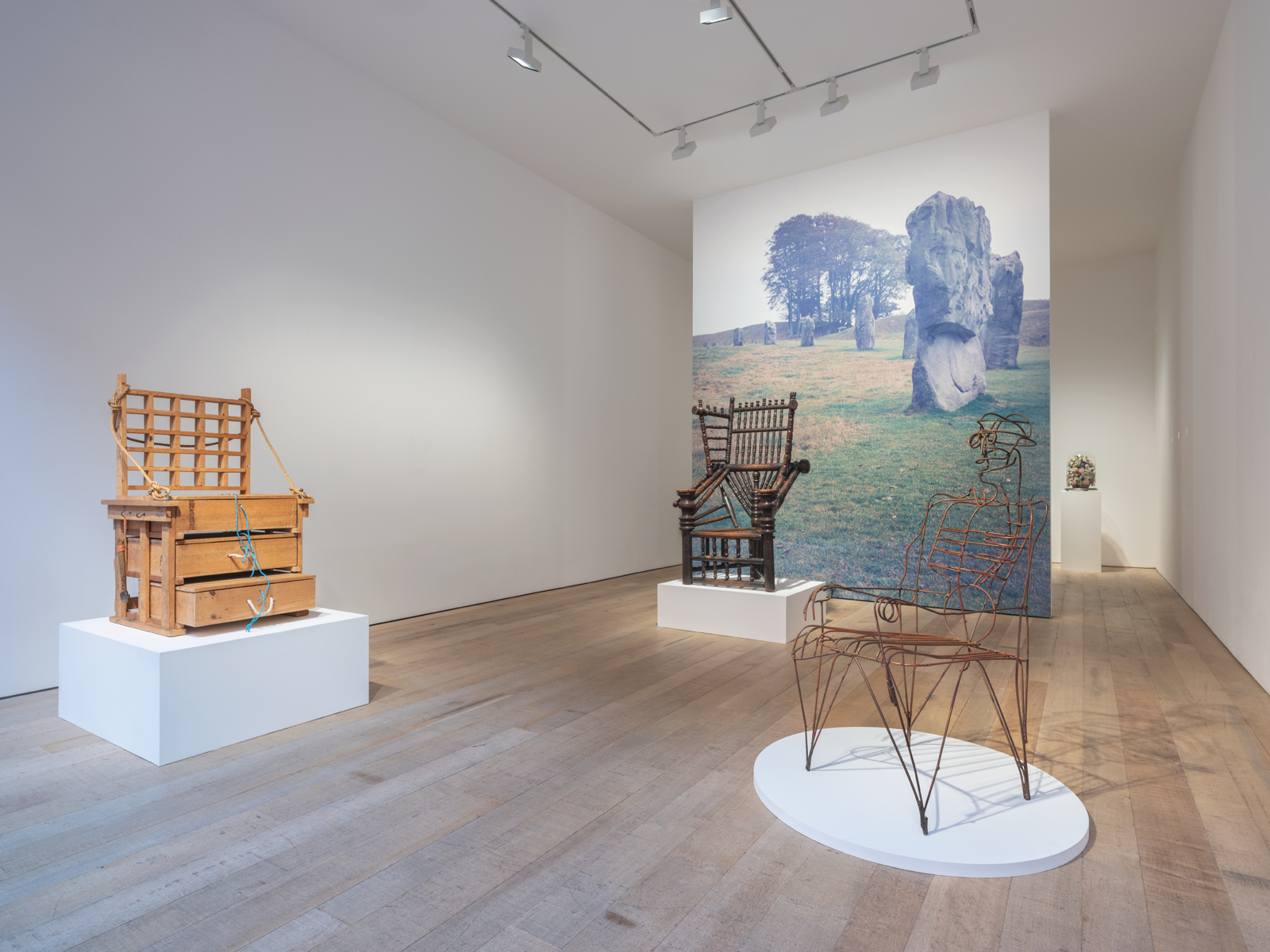
Installation view, ‘This Island Sunrise’, curated by Simon Andrews, Sadie Coles HQ, London
Three thrones stand tall as the focus of the exhibition, among other objects and artefacts. Though separated by centuries in their creation, each throne shares a similarity in being constructed out of modest or discarded materials to establish something beautiful, demonstrating its artist’s capabilities.
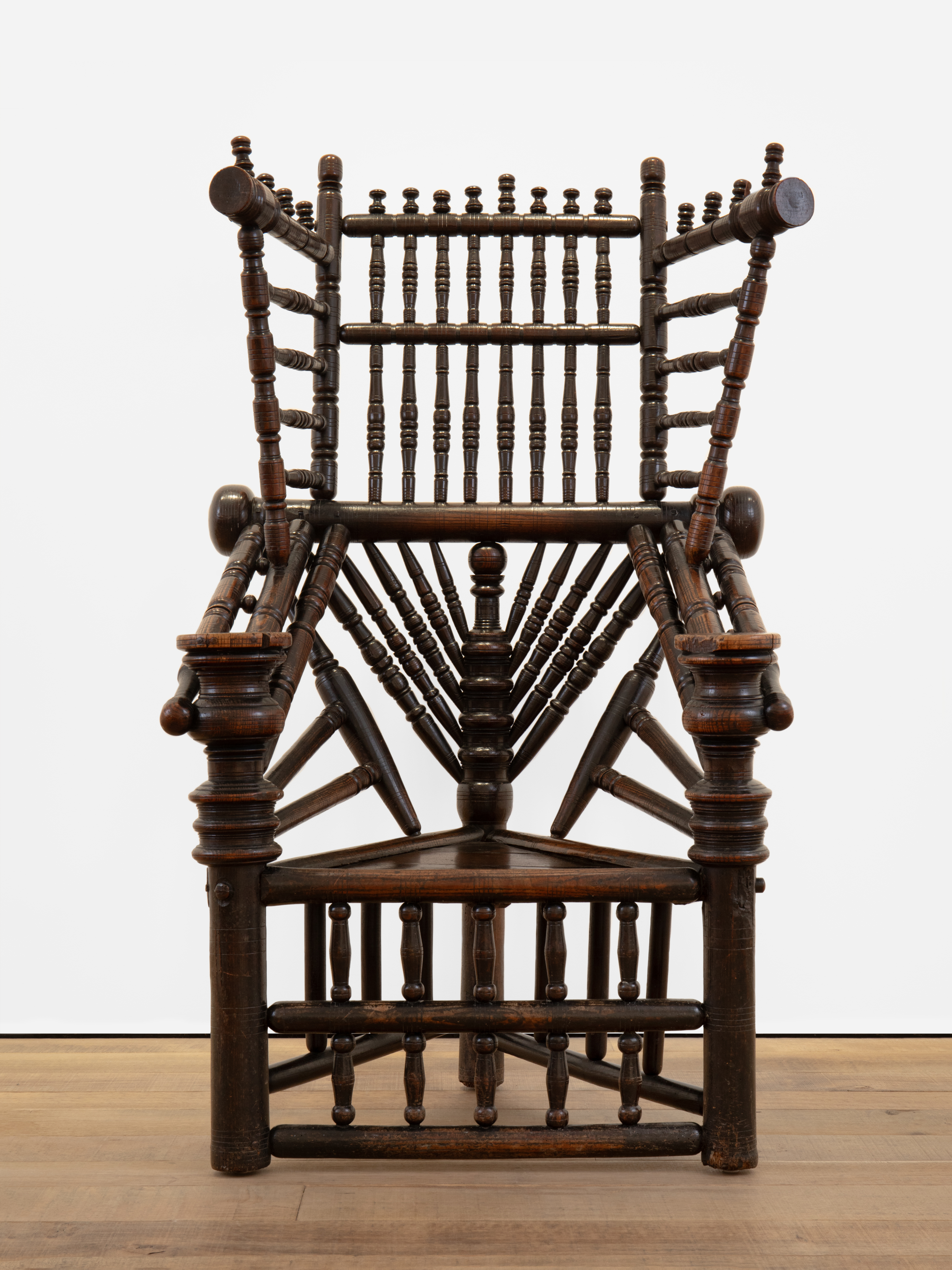
English or Welsh Turner’s Throne, c. 1640 turned ash and fruitwood, oak boards unique 56 x 32 x 29 inches (142 x 80 x 73.5 cm)
Surprisingly, two of the thrones are inspired by the design and complexity of the skeletal system. The first, Turner’s Throne (c.1640), is an insight into the origins of how a throne was, and still is, viewed in history, as a symbol of power and authority. The unnamed creator would have used Britain’s forest to source ash, oak and walnut to hand-build this uniquely crafted throne.
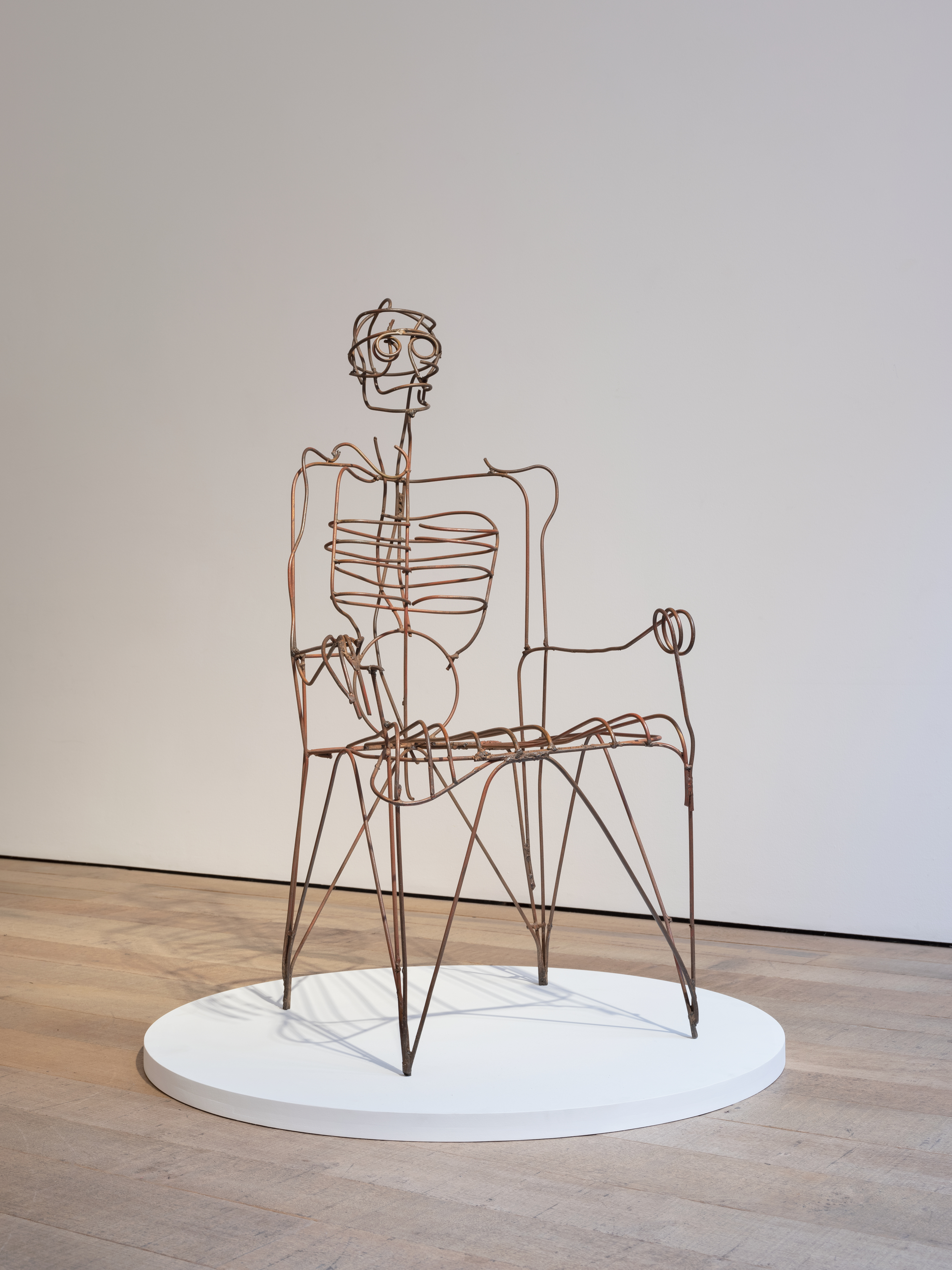
Tom Dixon’s Skeleton Throne (1985). Installation view, ‘This Island Sunrise’, curated by Simon Andrews, Sadie Coles HQ, London
Centuries later, and through a more modern perspective, Tom Dixon’s Skeleton Throne (1985) tells a socio-political story. Dixon’s design is almost satirical in its use of discarded iron, a material on which Britain once built her empire, to create the pirate-eque skeleton that went down with the ship. As we face the aftermath of industrialisation and its dire impact on climate, the sentiment resonates.
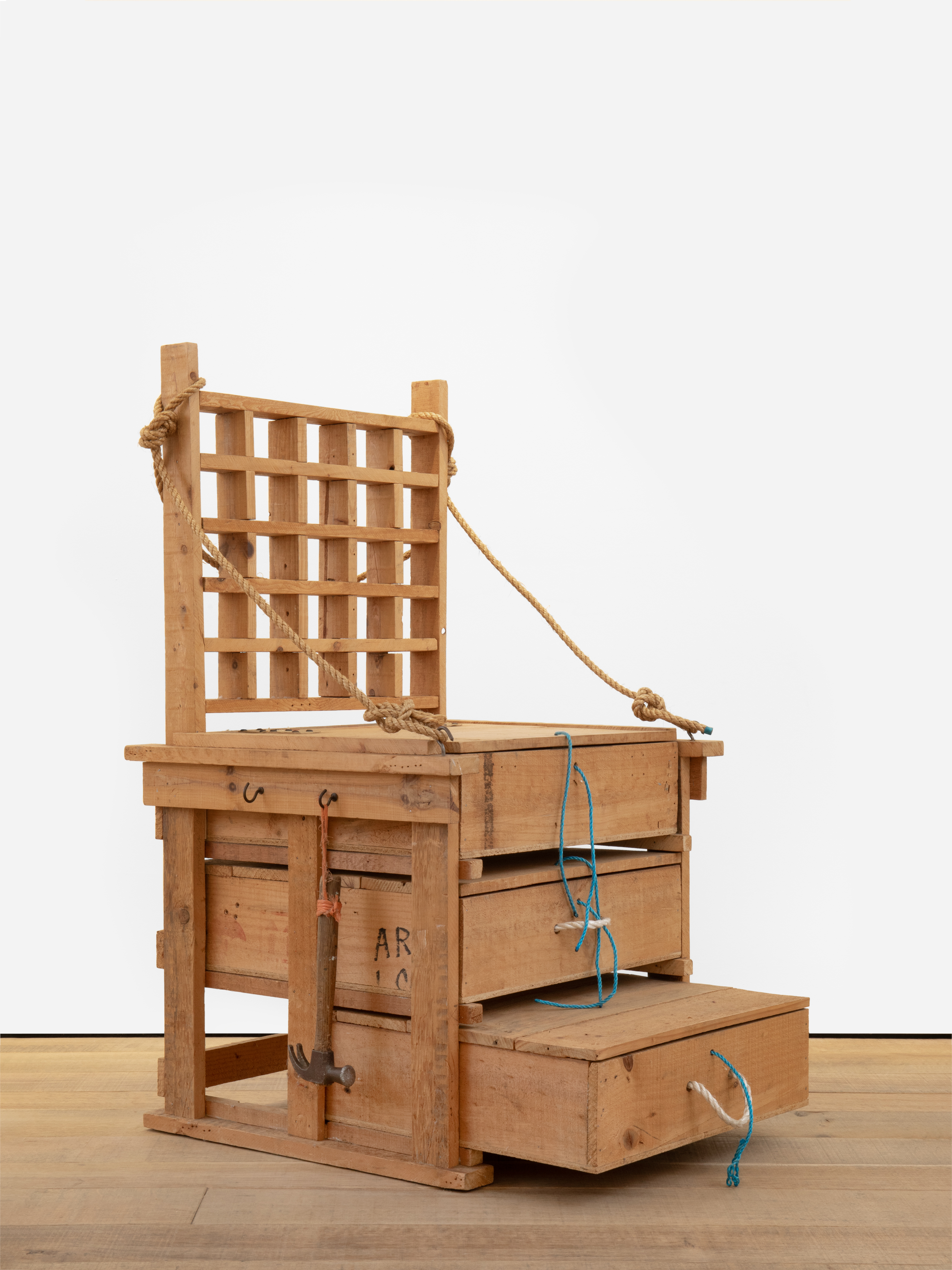
Eduardo Paolozzi, Sculptor’s Chair, 1985-1987, salvaged and repurposed materials including pine, beech, rope, linen, nylon cord, metal hooks and nails, together with a hammer
The final throne of the collection is one from Eduardo Paolozzi, who came across abandoned crates and other materials outside Zeev Aram’s Covent Garden showroom. Sculptor’s Chair (1985-1987) is for, in Paolozzi’s words: ‘the sculptor, after a lifetime of improvising, reaching for his tools’. The shallow box, hammer marks, knots and nails are additional details that nod to the creative mind and process of a sculptor.
Each throne offers a unique interpretation of British history and culture, brought together by design and identity.
'This Island Sunrise' at Sadie Coles HQ is on view until 24 September 2023
Receive our daily digest of inspiration, escapism and design stories from around the world direct to your inbox.
Tianna Williams is Wallpaper’s staff writer. When she isn’t writing extensively across varying content pillars, ranging from design and architecture to travel and art, she also helps put together the daily newsletter. She enjoys speaking to emerging artists, designers and architects, writing about gorgeously designed houses and restaurants, and day-dreaming about her next travel destination.
-
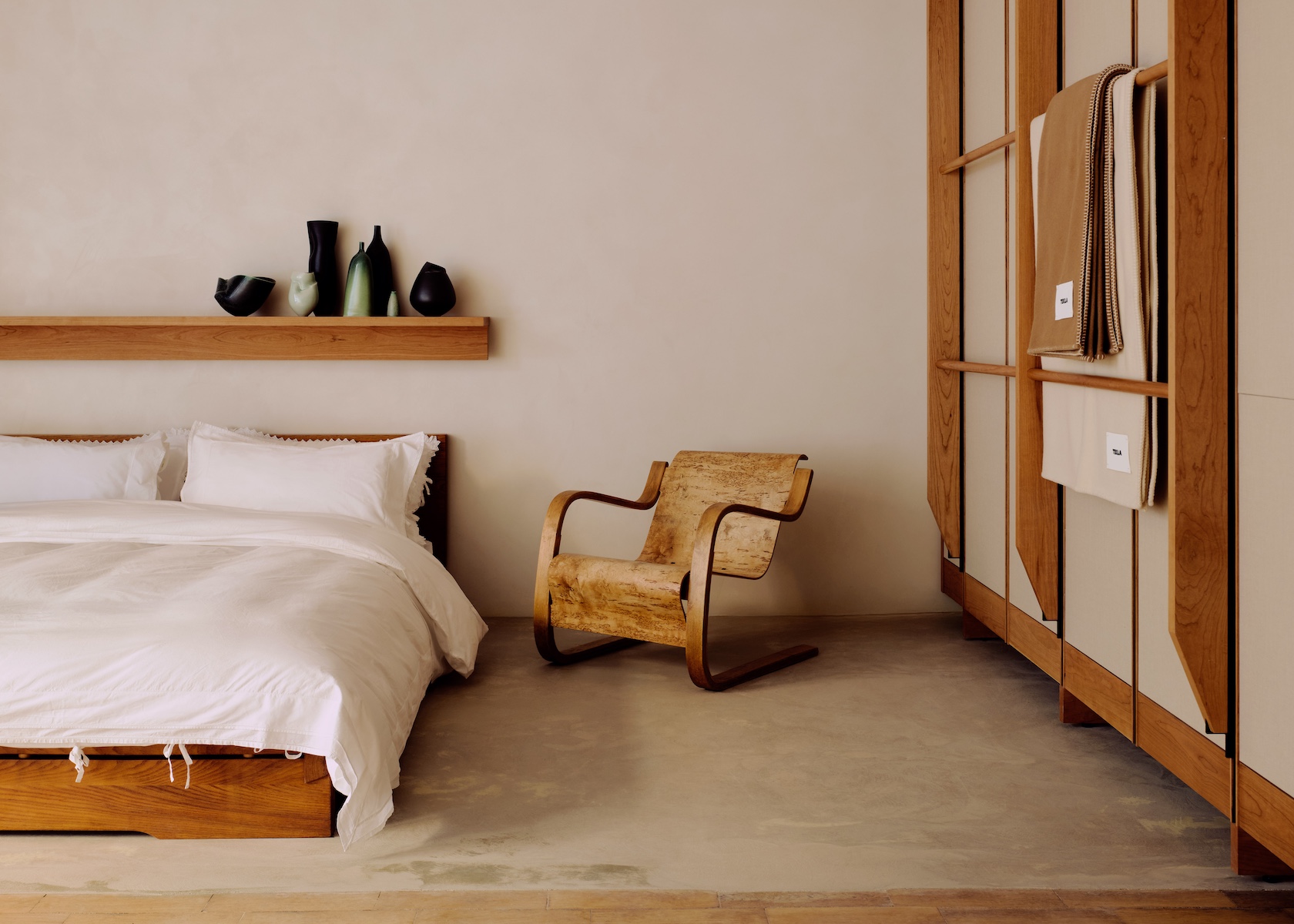 Tekla’s ‘soft and inviting’ London store is made to feel like you’re coming home
Tekla’s ‘soft and inviting’ London store is made to feel like you’re coming homeOpening on Marylebone High Street this week, the brand’s founders Charlie Hedin and Kristoffer Juhl talk to Wallpaper* about the domestic-inspired space, which marries elements of Danish and British design
-
 St. Regis Hotels and Resorts illustrates its spirit of celebration
St. Regis Hotels and Resorts illustrates its spirit of celebrationA collaboration between St. Regis and New York artist Tug Rice captures the storied brand’s Gilded Age glamour and decadent modernity
-
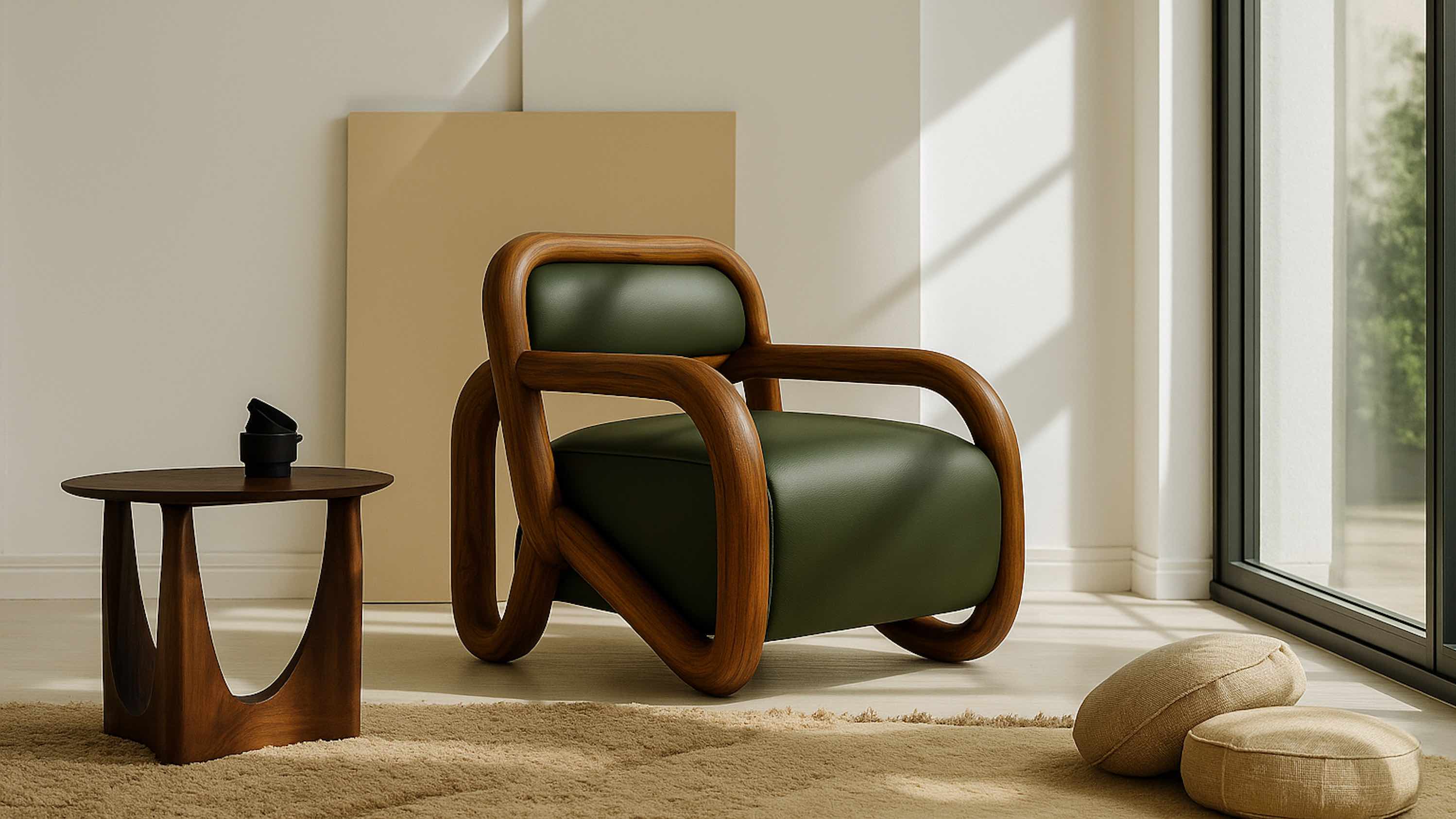 Five women-led studios reshaping Indian creativity at Design Mumbai 2025
Five women-led studios reshaping Indian creativity at Design Mumbai 2025Design Mumbai 2025 opens 26-29 November – Wallpaper* meets five women-led local brands exhibiting at this year's show
-
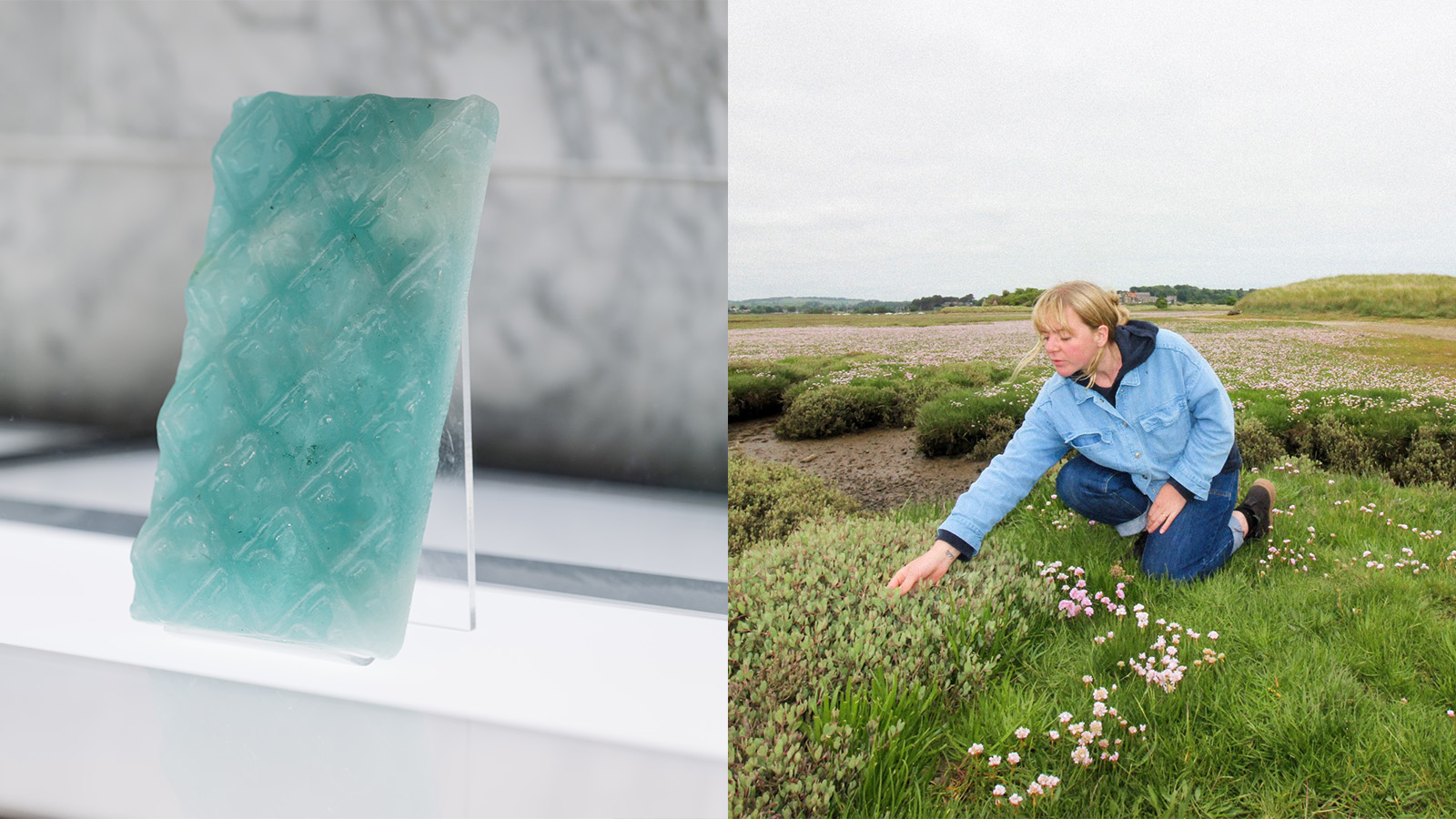 Lulu Harrison is the Ralph Saltzman Prize winner 2025
Lulu Harrison is the Ralph Saltzman Prize winner 2025The Design Museum, London, announces Lulu Harrison as winner of The Ralph Saltzman Prize for emerging designers, and will showcase her work from 24 June to 25 August 2025
-
 ‘Designers are far more than just producers of commercial goods’: Samuel Ross on the London Design Biennale
‘Designers are far more than just producers of commercial goods’: Samuel Ross on the London Design BiennaleThe artistic director of the major event and founder of A-COLD-WALL* discusses the role of a designer and the future of the sector in an exclusive interview
-
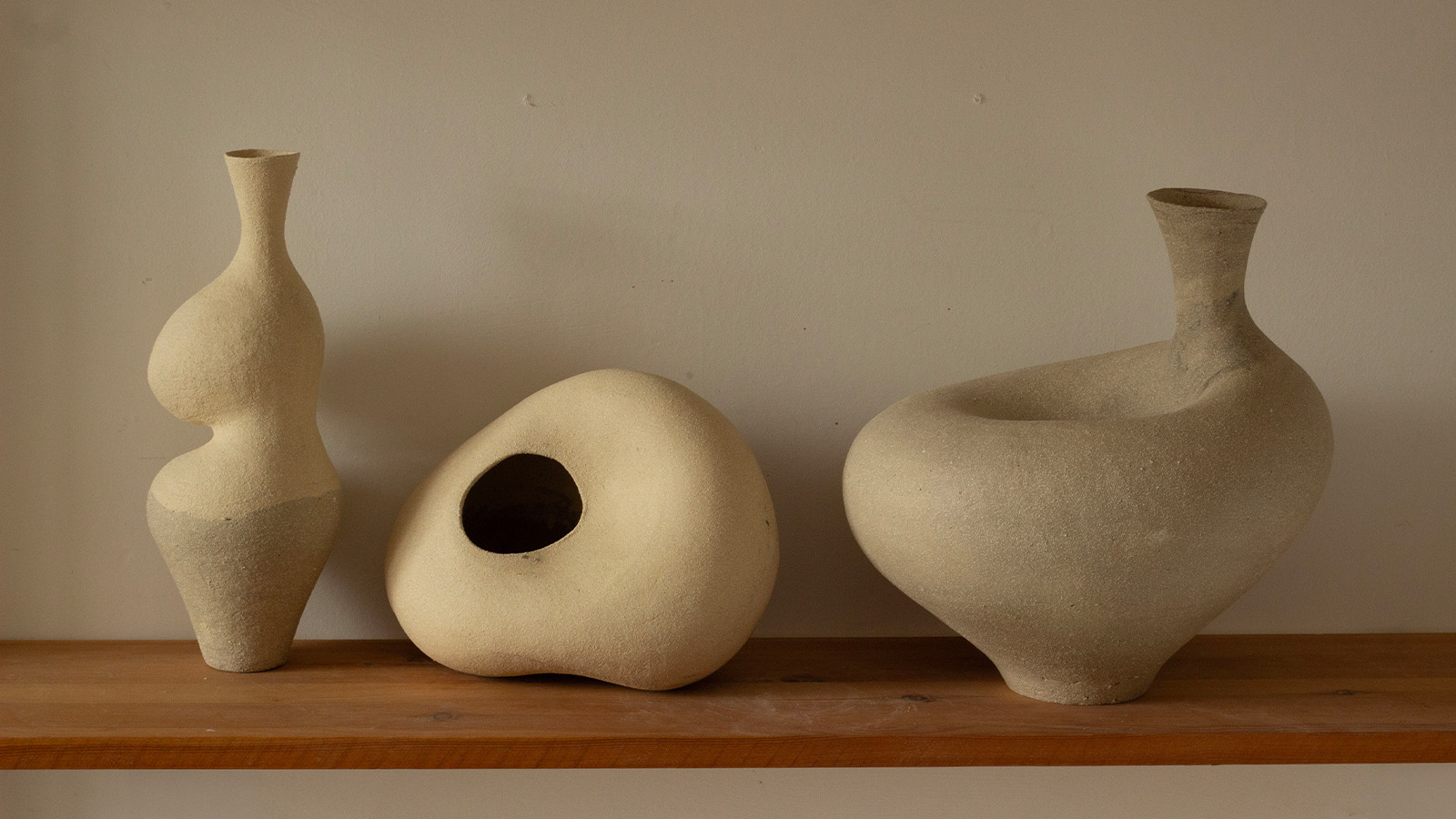 London Craft Week 2025 highlights – what to see this weekend
London Craft Week 2025 highlights – what to see this weekendLondon Craft Week 2025 (until 18 May) brings together some 1,000 established and emerging makers. Here is everything we saw and loved so you don't miss a thing
-
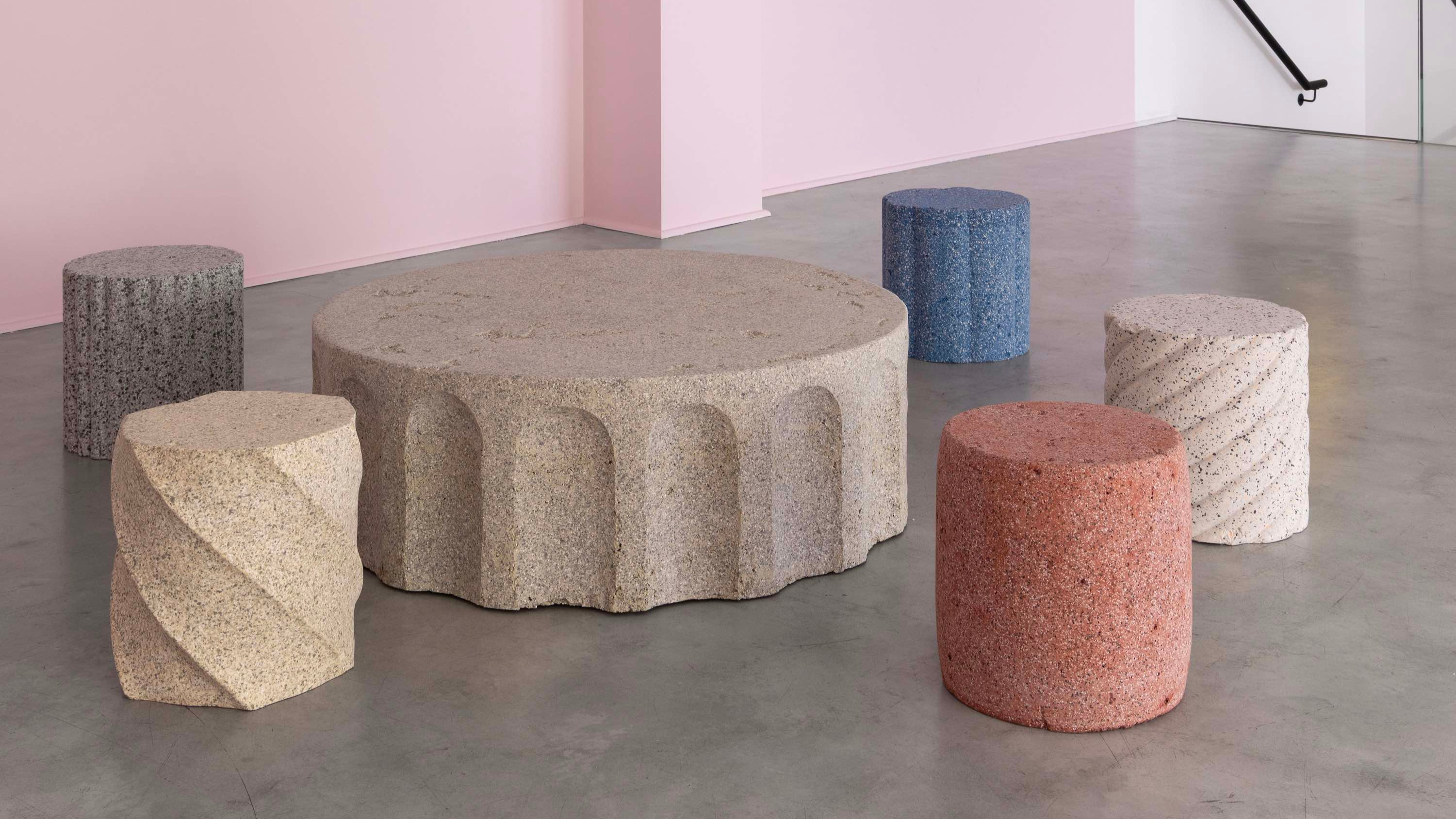 Erasers become architectural illusions at Gallery Fumi
Erasers become architectural illusions at Gallery FumiLondon duo Study O Portable unveil 'Rubber Rocks', trompe-l’œil furniture made from erasers, exploring themes of materiality, memory and architectural decay
-
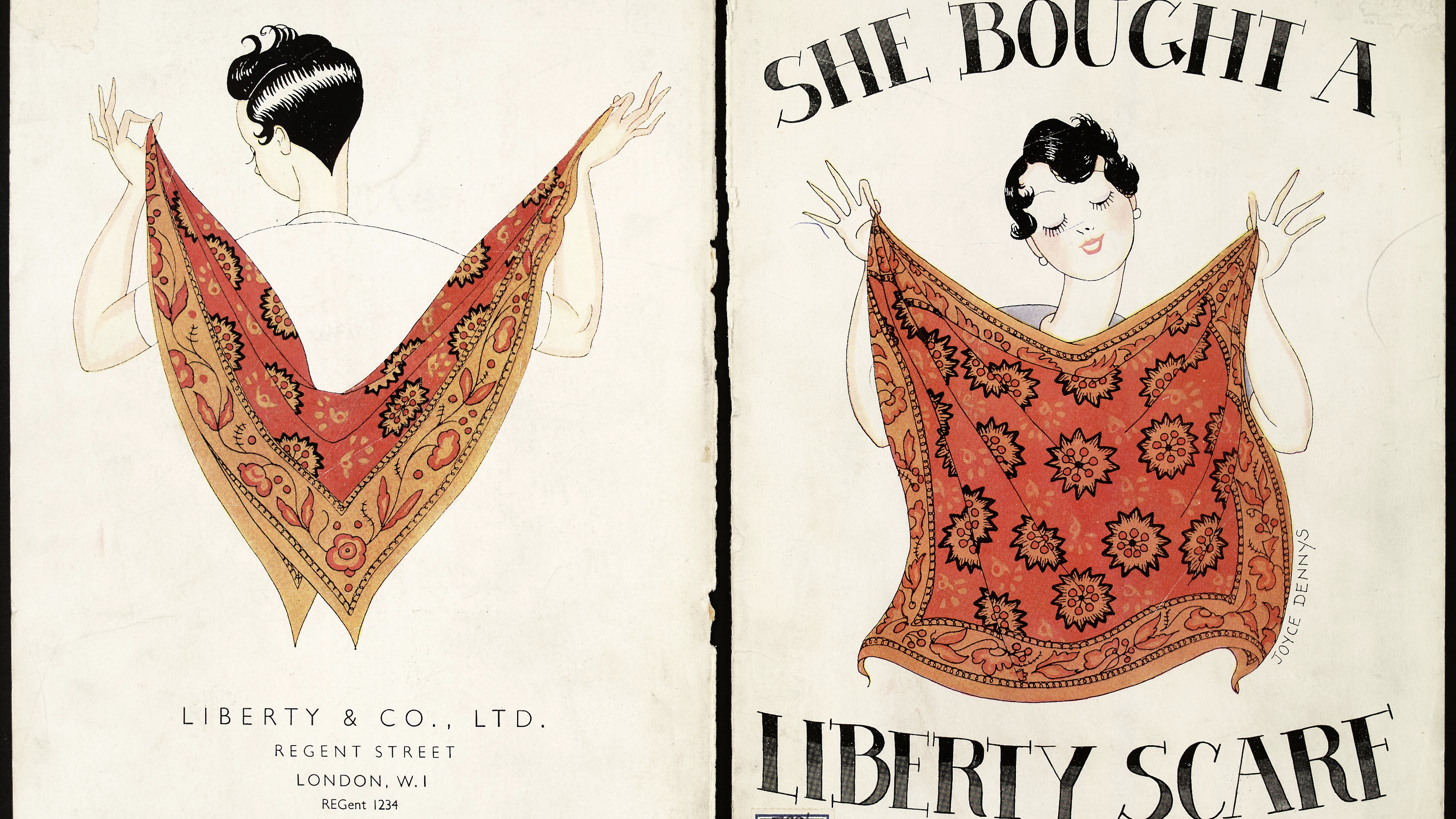 Liberty at 150: a history of the brand in 10 objects
Liberty at 150: a history of the brand in 10 objectsLiberty is marking its 150th anniversary; to celebrate, we remember products and prints that helped make the department store the cultural touchpoint it is today
-
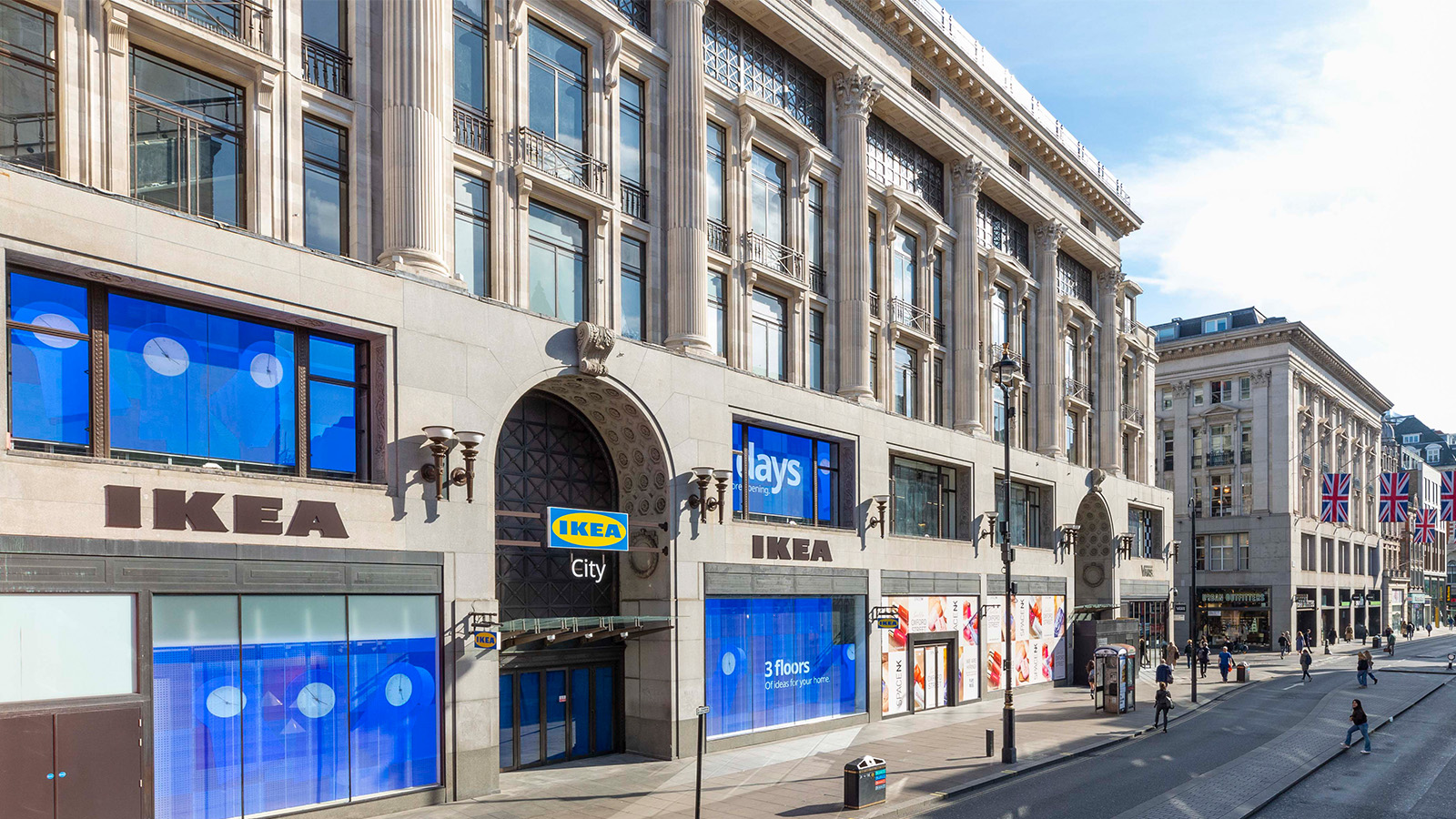 A first look inside the new Oxford Street Ikea. Spoiler: blue bags and meatballs are included
A first look inside the new Oxford Street Ikea. Spoiler: blue bags and meatballs are includedThe new Oxford Street Ikea opens tomorrow (1 May), giving Londoners access to the Swedish furniture brand right in the heart of the city
-
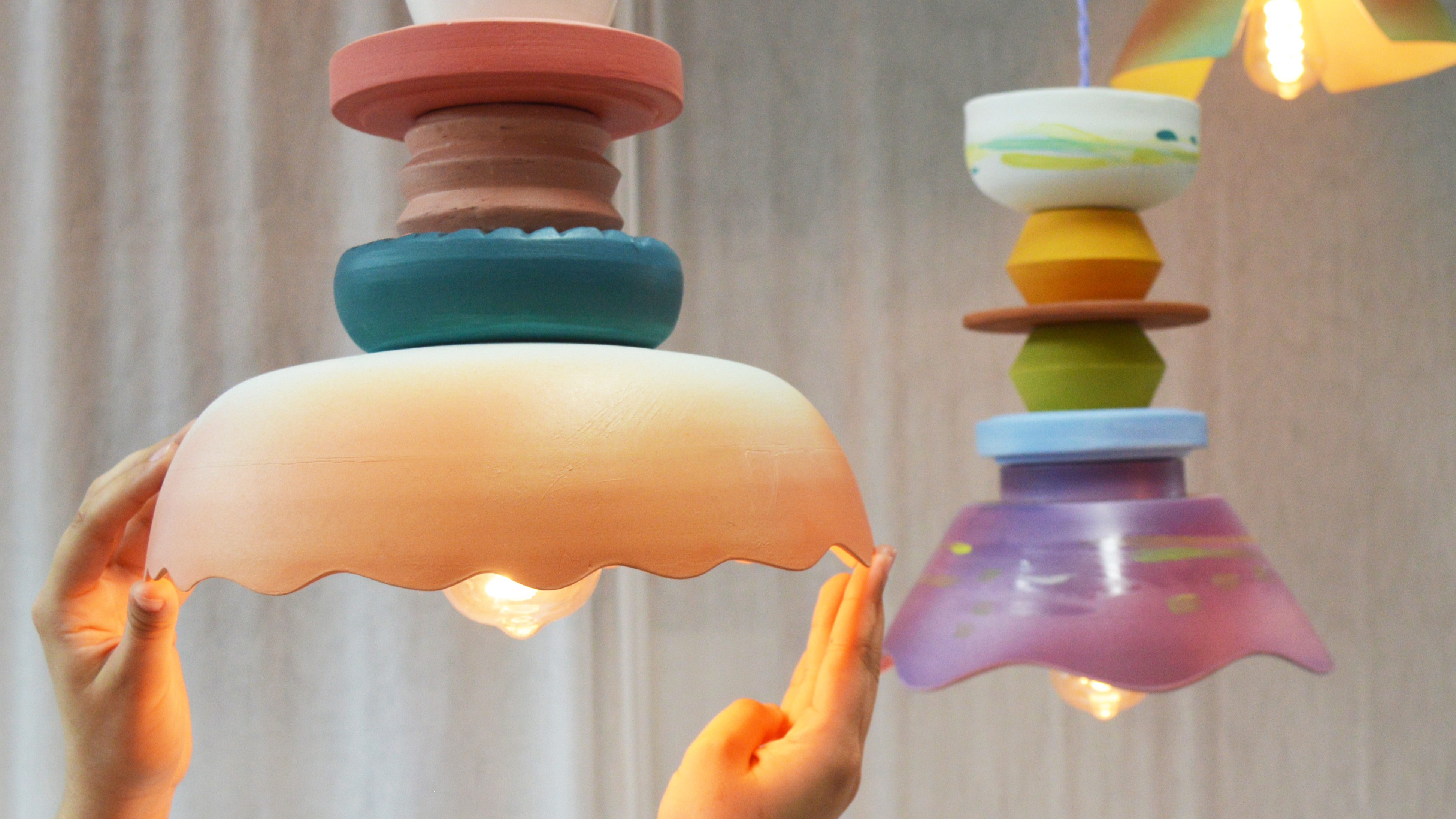 What to see at London Craft Week 2025
What to see at London Craft Week 2025With London Craft Week just around the corner, Wallpaper* rounds up the must-see moments from this year’s programme
-
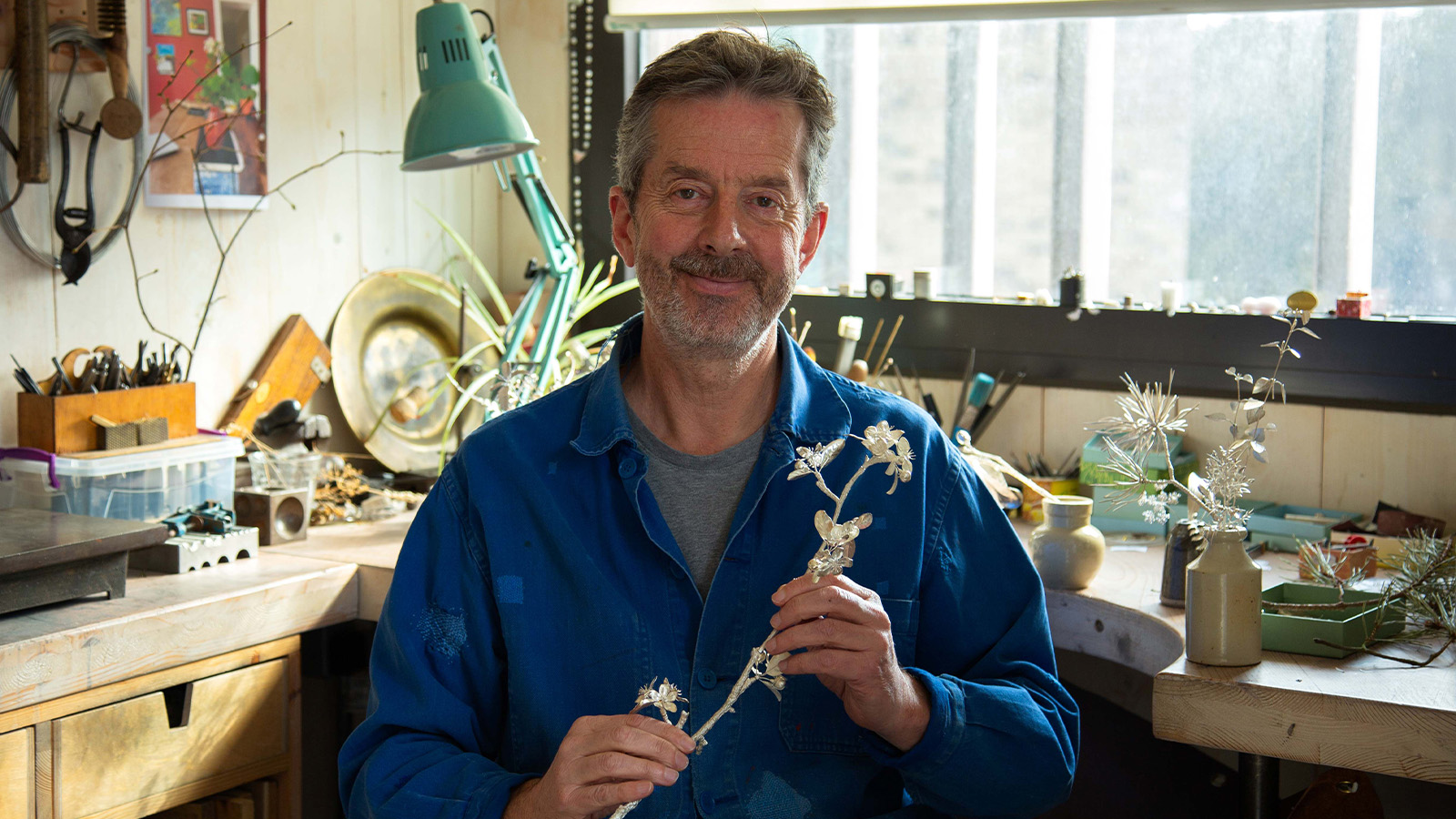 Nature sets the pace for Alex Monroe’s first sculpture exhibition
Nature sets the pace for Alex Monroe’s first sculpture exhibitionThe British designer hops from jewellery to sculpture for his new exhibition at the Garden Museum, London. Here, he tells us why nature should be at the forefront of design